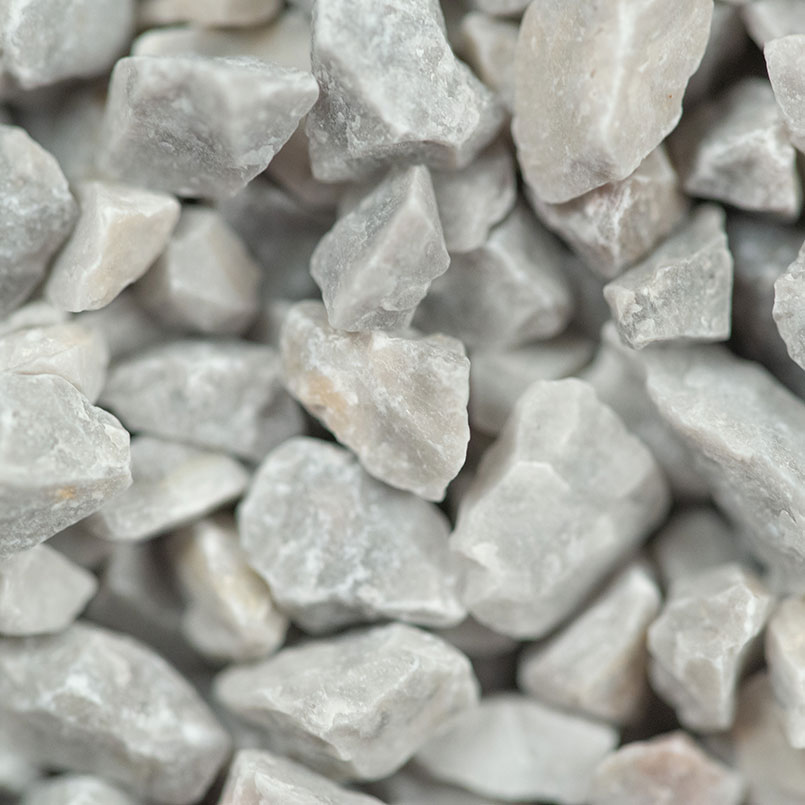Cobbles and Pebbles
Description
Pebbles are larger than granules (2 to 4 millimetres in diameter) and smaller than cobbles (64 to 256 millimetres in diameter). A conglomerate is a rock composed primarily of pebbles. Pebble tools, which date from the Palaeolithic period of human history, are among the earliest known man-made artefacts.
Pebble stones are ideal for a wide range of construction applications; for the finest residential projects, most builders prefer to use high-quality pebbles. These stones were chosen for their exceptional beauty and durability. Pebbles are typically sold in kilogramme bags and come in a variety of colours and textures. Working with pre-selected pebbles results in a product with consistent size and colour. We have a large selection of pebbles in a variety of colours and sizes. There are many uses of pebbles, such as landscaping, drainage, decorative mosaics and for paving.
Cobblestone roads are becoming increasingly rare these days. However, cobblestones were once used in the construction of roads in many cities and towns. Building contractors also used them to
The term “cobblestone” refers to the smooth, round shape of the stones found in rivers and streams by workers. Cobblestones were inexpensive and plentiful. They typically range in size from 2 to 10 inches. They were assembled by hand, without the use of any tools, in the form of a jigsaw puzzle. Cobblestones were typically laid in sand but were occasionally set in mortar if the road owner was wealthy. Cobblestone roads are usable. They don’t get muddy or rutted by rain the way old dirt roads did every spring. Granite cobblestone pavers do not break easily and can be easily replaced by hand with new cobblestones.









